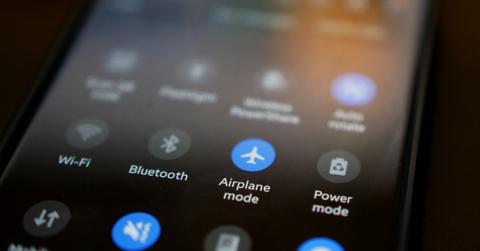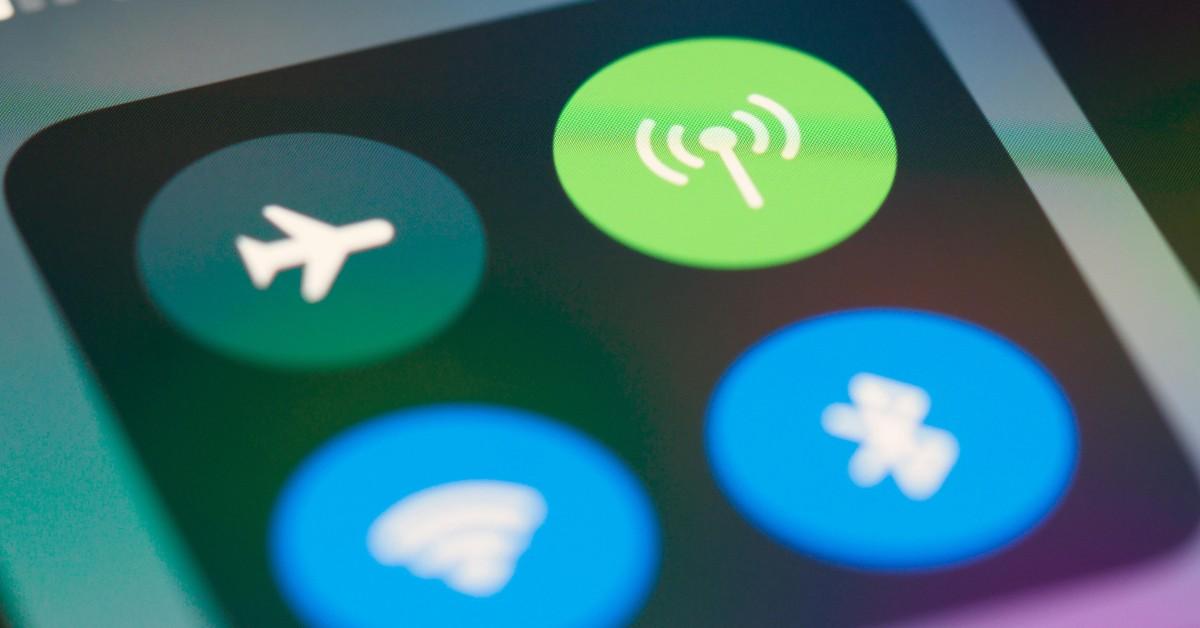Why Do Phones Have to Be on Airplane Mode? Does It Actually Make a Difference?
Will something bad happen if you forget to turn on airplane mode during a flight?
Published March 28 2025, 2:39 p.m. ET
There’s nothing more confusing than when your phone just stops working — no service, no notifications, nothing. Then, you spot the tiny airplane icon. Somehow, somewhere, airplane mode got switched on. Maybe your kid tapped it, maybe you did. Either way, it’s annoying.
You swipe it off, and everything comes back. In that moment, there’s always that one lingering thought: What is this mode, and why do we even need it?
It’s a fair question — especially on flights. Why do phones have to be on airplane mode? What would happen if you didn't enable airplane mode during a flight?
Why do phones have to be on airplane mode during a flight?
For most people, the idea that your phone could somehow affect an entire airplane seems dramatic. After all, what could one device really do?
Turns out, the issue isn’t one phone — it’s hundreds of them. Devices that aren’t in airplane mode constantly send out radio signals as they search for a connection. If everyone on a flight left their phones on, that buzzing background noise pilots sometimes hear in their headsets? It gets a lot worse. A commercial pilot on TikTok, known as @perchpoint, explained that it can make it harder for pilots to clearly communicate with air traffic control.
The interference isn’t likely to cause a crash, but it’s enough to create unnecessary distractions — especially during takeoff and landing when communication matters most. According to the pilot, the static sounds like a mosquito or wasp is flying around his head. He admits it isn’t the end of the world. It, however, is pretty annoying to deal with while trying to fly a plane.
The FCC says phones at high altitudes can interfere with cell towers on the ground.
Aside from the technical risk, there’s a legal side to this too. In the United States, the Federal Communications Commission (FCC) and the Federal Aviation Administration (FAA) both require passengers to disable cellular service during flights. The FCC’s concern is that phones at high altitudes can interfere with cell towers on the ground by bouncing signals between multiple towers at once — a headache for network providers trying to manage traffic.
Meanwhile, the FAA supports airplane mode requirements because even the possibility of signal interference with navigation systems or cockpit instruments is something they’d rather not gamble on.
So, when flight attendants remind you to switch your phone to airplane mode, it’s not just a suggestion — it’s a regulatory rule backed by two federal agencies.
What happens if you forget to turn your airplane mode on?
Here’s the part that eases a lot of people’s minds: If you forget to switch your phone, the plane probably isn’t going down. However, that isn't a green light to ignore the rules. It just means you don’t have to panic about the damage you caused because you accidentally forgot to hit a button on your phone.
At the end of the day, airplane mode isn’t about making your life harder. It’s about minimizing risk, reducing unnecessary noise for pilots, and making sure systems on the ground and in the air work like they’re supposed to.

